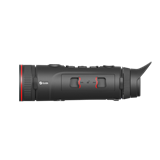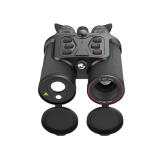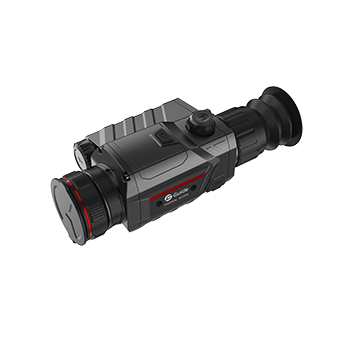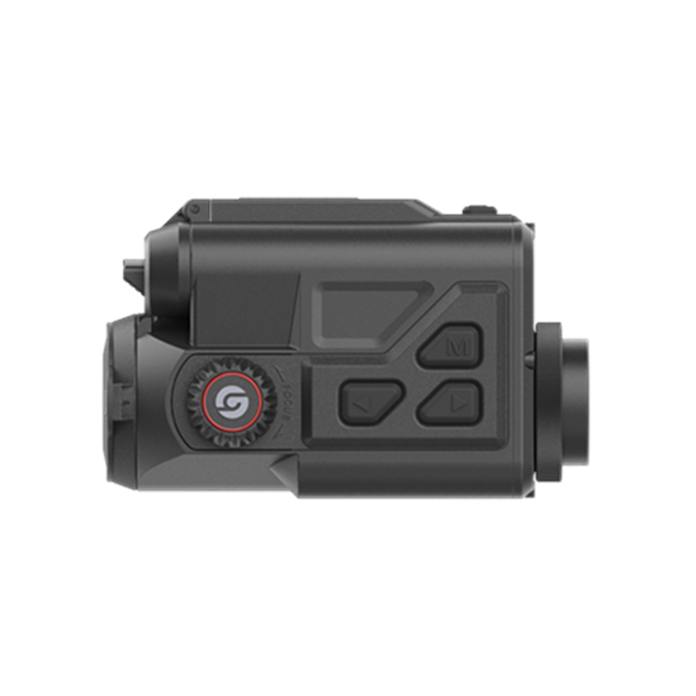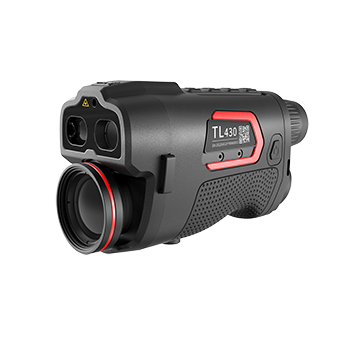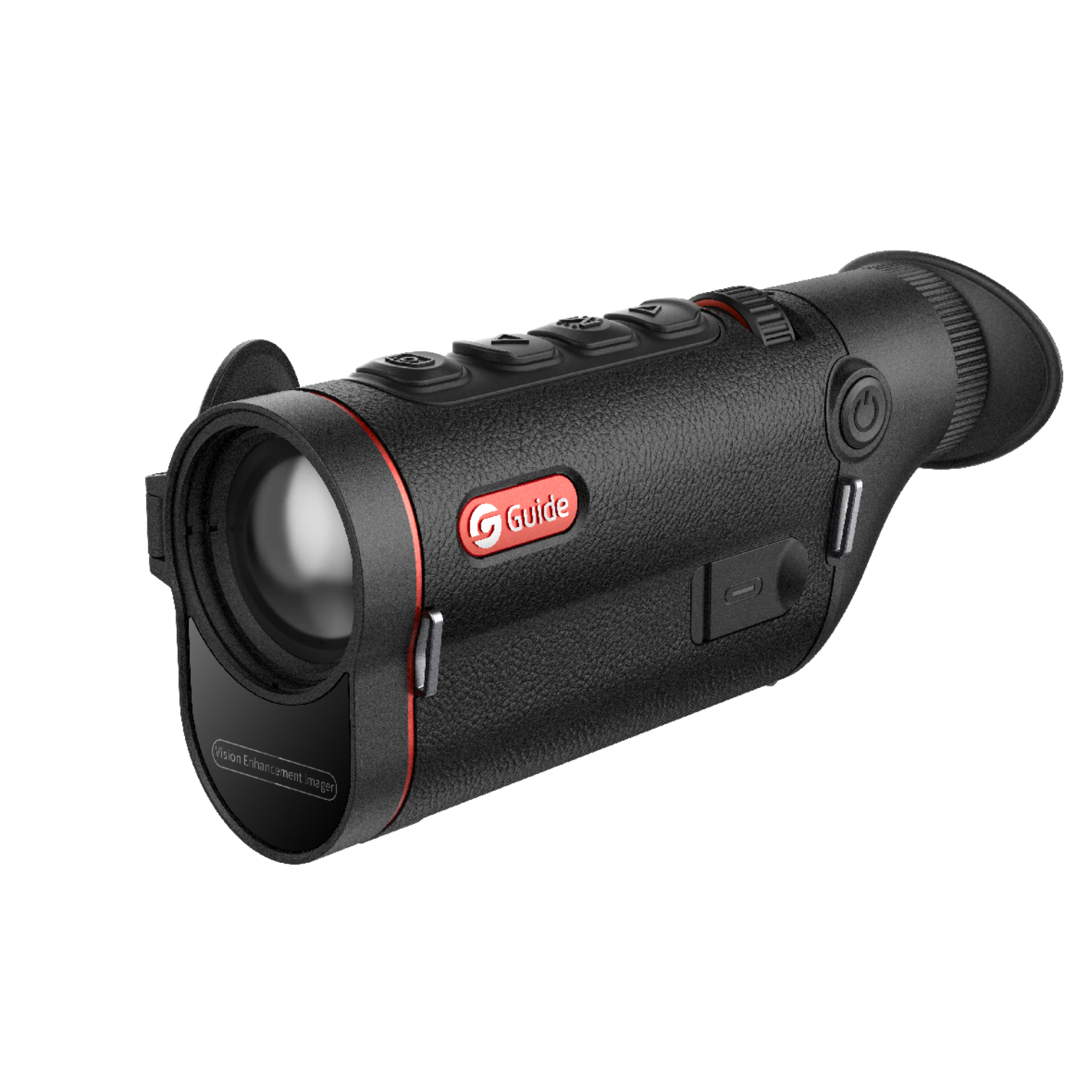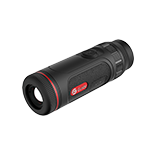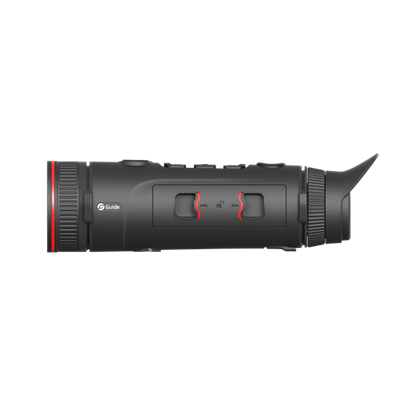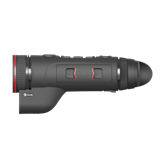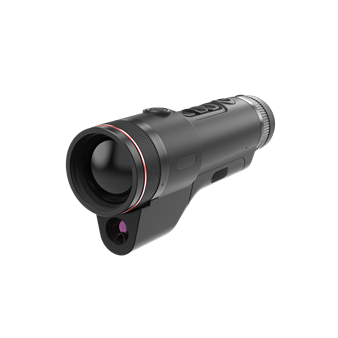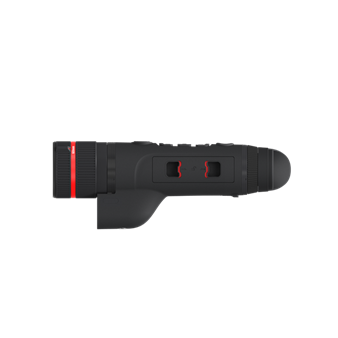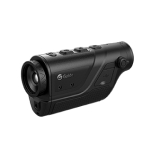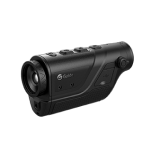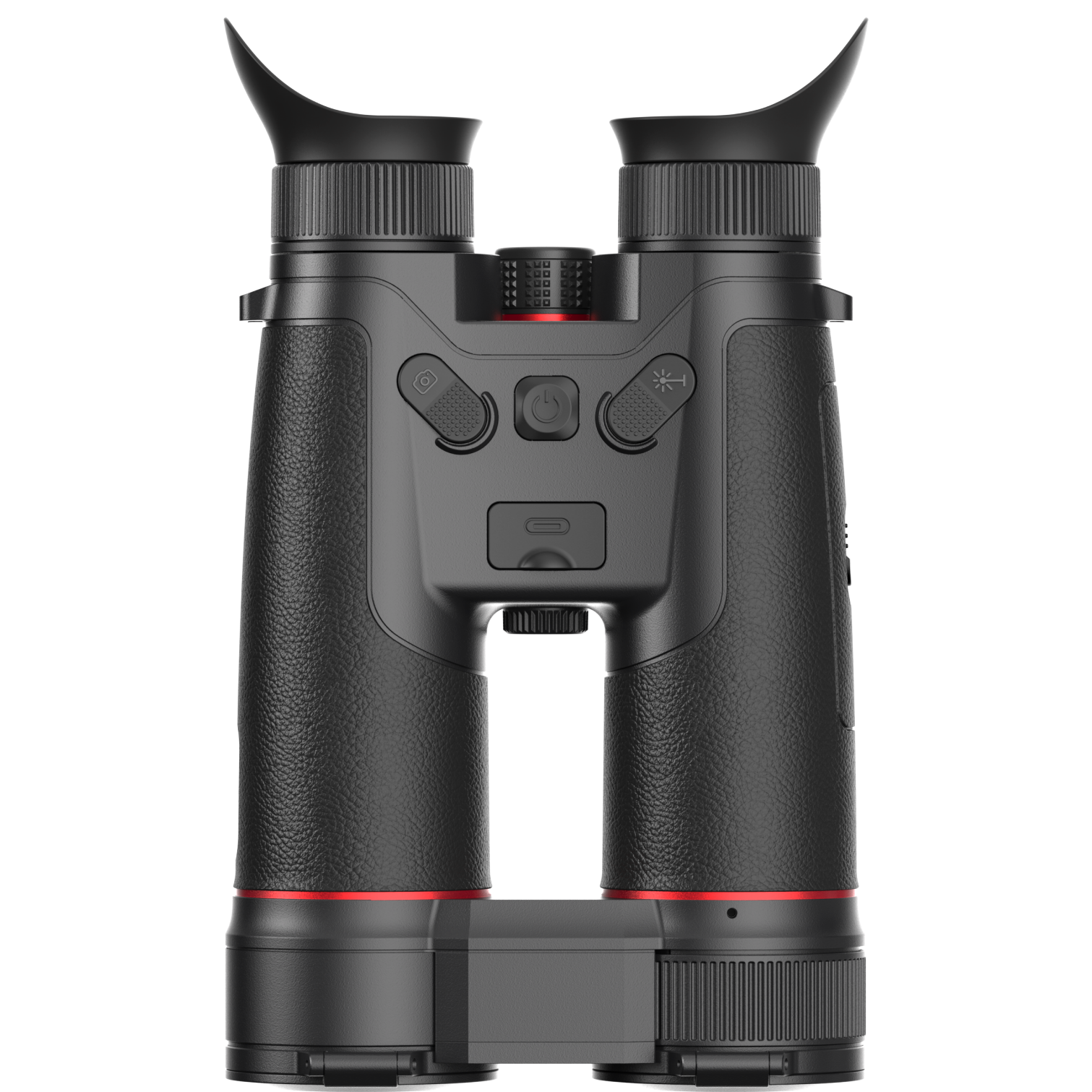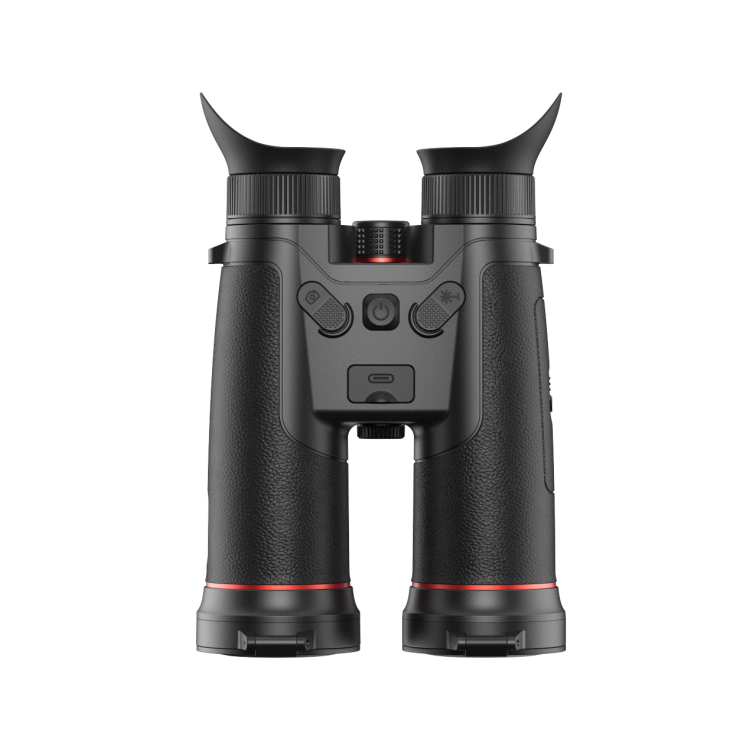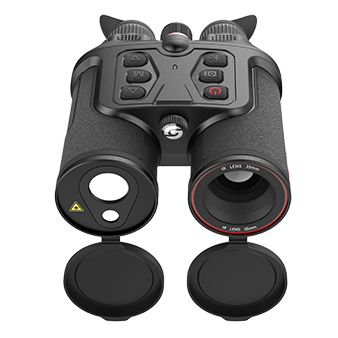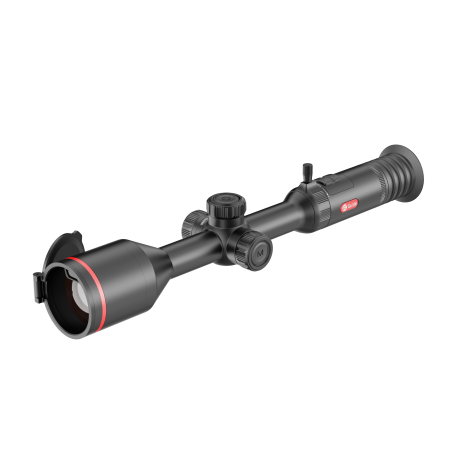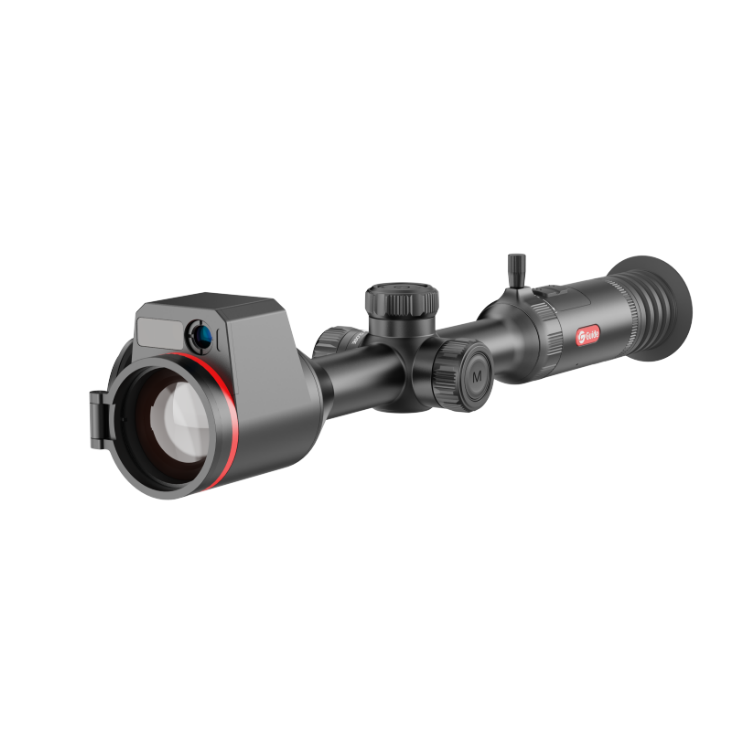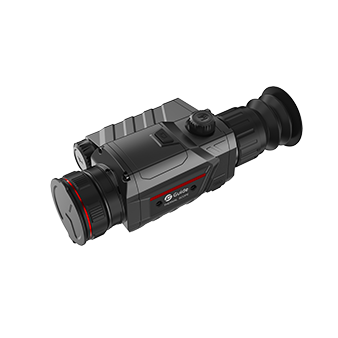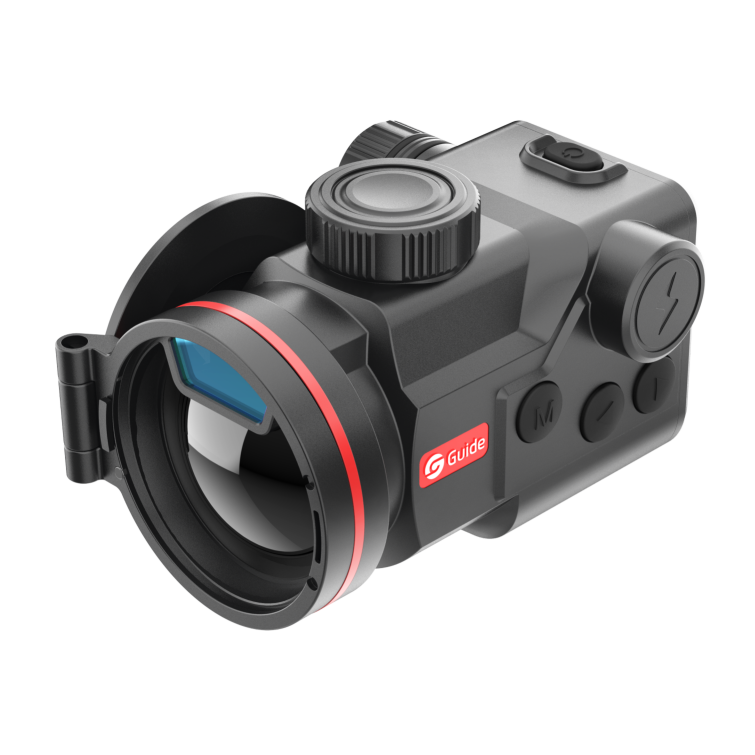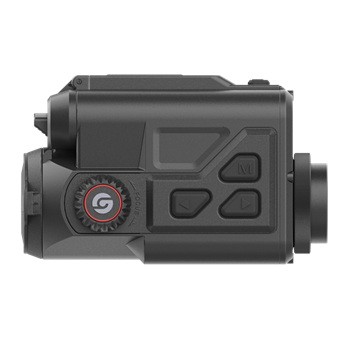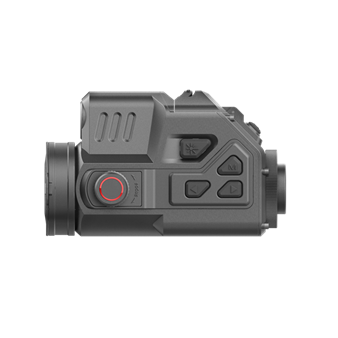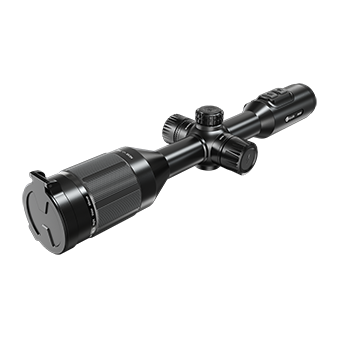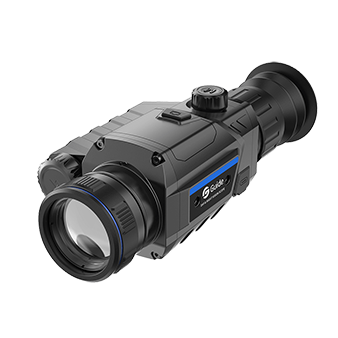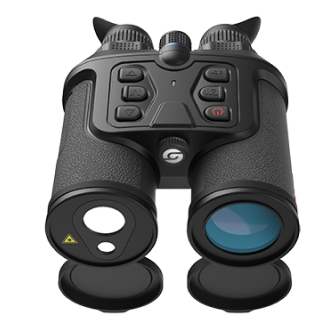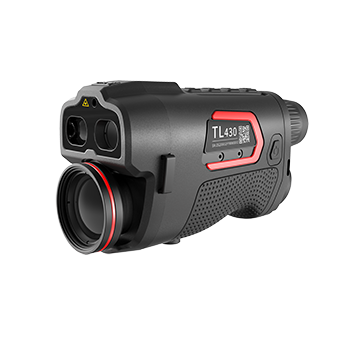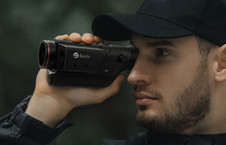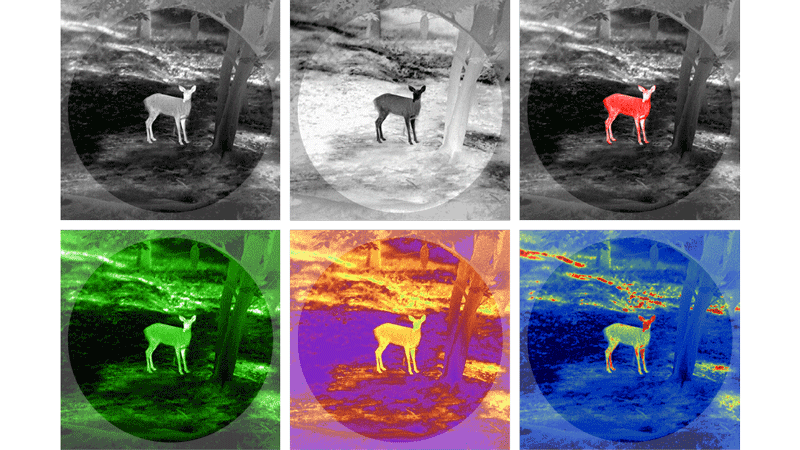Introduction
Thermal imagers monocular equipped with laser indicators and illuminators offer advanced functionality and versatility in various applications. These cutting-edge devices provide enhanced situational awareness, aiding in search and rescue missions, law enforcement operations, wildlife observation, inspections, and maintenance tasks. By combining the precision of laser indicators with the visibility provided by illuminators, these thermal imagers empower users with improved target identification, accurate tracking, extended range, and enhanced image quality in low-light or dark environments.
The built-in laser indicatorand and illuminator in a thermal monocular serve specific roles to enhance the functionality and usability of the device. Here are the roles of each
1. Laser Indicator
A built-in laser indicator in a thermal monocular as a useful tool for target designation and precise aiming. It emits a focused laser beam that can be directed at a specific point of interest within the thermal image. The laser indicator helps the user to easily identify and highlight objects or areas of interest, improving accuracy and efficiency during observations, inspections, or surveillance.
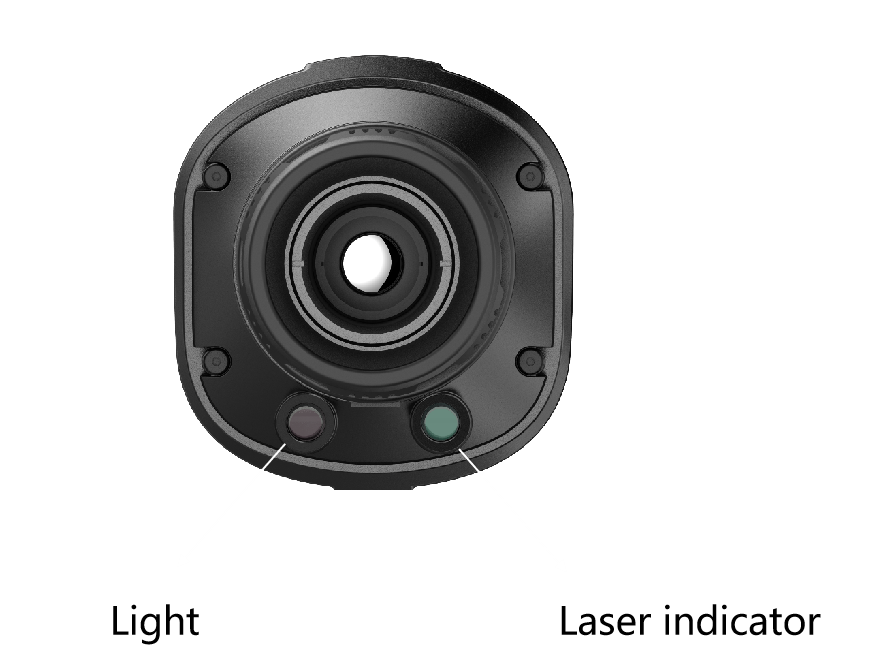
Key roles of the laser indicator include
a. Target Identification: By pointing the laser at a specific object or area within the thermal scene, the user can draw attention to the exact location of interest. This is particularly useful in situations where multiple objects or areas may be present in the field of view.
b. Communication and Collaboration: The laser indicator can also serve as a means of communication between team members or operators working in the same environment. By directing the laser indicator at a specific object, individuals can easily convey information or indicate points of focus to others.
c. Precision Aiming: In applications such as hunting or search and rescue operations, the laser indicator assists in precise aiming. It helps users align their monocular with the intended target, ensuring accuracy and minimizing errors.
It is important to note that laser indicators should be used responsibly and in compliance with local regulations to prevent any potential hazards or misuse.
2. Illuminator
The built-in illuminator in a thermal monocular provides additional light in low-light or dark environments. It emits infrared light, which is invisible to the human eye but can be detected by the thermal sensor of the monocular. The illuminator serves the following roles:
a. Improved Visibility: In situations where the ambient light is insufficient for clear imaging, the illuminator enhances the visibility of the thermal scene. It illuminates the surroundings with infrared light, allowing the thermal monocular to capture and display a clearer image.
b. Extended Range: The illuminator extends the effective range of the thermal monocular, enabling users to observe and detect objects or subjects at greater distances in low-light conditions. This is particularly beneficial in applications such as surveillance, security, or wildlife observation.
c. Reduced Noise and Improved Image Quality: By providing additional light, the illuminator helps to minimize image noise and enhance image quality, leading to sharper and more detailed thermal images.
d. Stealth Operations: In certain scenarios, such as covert operations or wildlife observation, using an illuminator with infrared light can provide illumination without alerting or disturbing the subjects being observed, as it is invisible to the human eye.
It's worth noting that the use of an illuminator may have limitations in extremely dark conditions or in situations where there are high levels of interference or reflective surfaces. Users should consider these factors and adjust the illuminator settings accordingly for optimal performance.
In summary, the built-in laser indicator and illuminator in a thermal monocular play distinct roles. The laser indicator aids in target identification, communication, precision aiming, and educational purposes, while the illuminator improves visibility, extends range, enhances image quality, and enables stealth operations in low-light or dark environments.
Thermal imagers with laser indicators and illuminators are most suitable for use in the following situations
1. Search and Rescue Operations: Thermal imagers with laser indicators and illuminators are valuable tools for search and rescue teams. They assist in locating individuals in low-light or dark environments, such as dense forests, caves, or disaster-stricken areas. The laser indicator helps to precisely direct attention to specific areas or points of interest, while the illuminator enhances visibility, increasing the chances of locating missing persons or survivors.

2. Law Enforcement and Security: Thermal imagers with laser indicators and illuminators are beneficial for law enforcement and security personnel. They can aid in detecting and tracking suspects, locating hidden individuals, or identifying potential threats in low-light conditions. The laser indicator assists in target designation, providing a clear reference point for coordinated operations, while the illuminator extends the range and enhances visibility for improved surveillance and situational awareness.
3. Wildlife Observation: Thermal imagers with laser indicators and illuminators are useful for wildlife observation and conservation efforts. The laser indicator helps to precisely locate and track animals, allowing researchers or wildlife enthusiasts to focus their attention on specific subjects or behaviors. The illuminator extends the effective range of the thermal imager, enabling observations in low-light conditions without disturbing or alerting the wildlife.
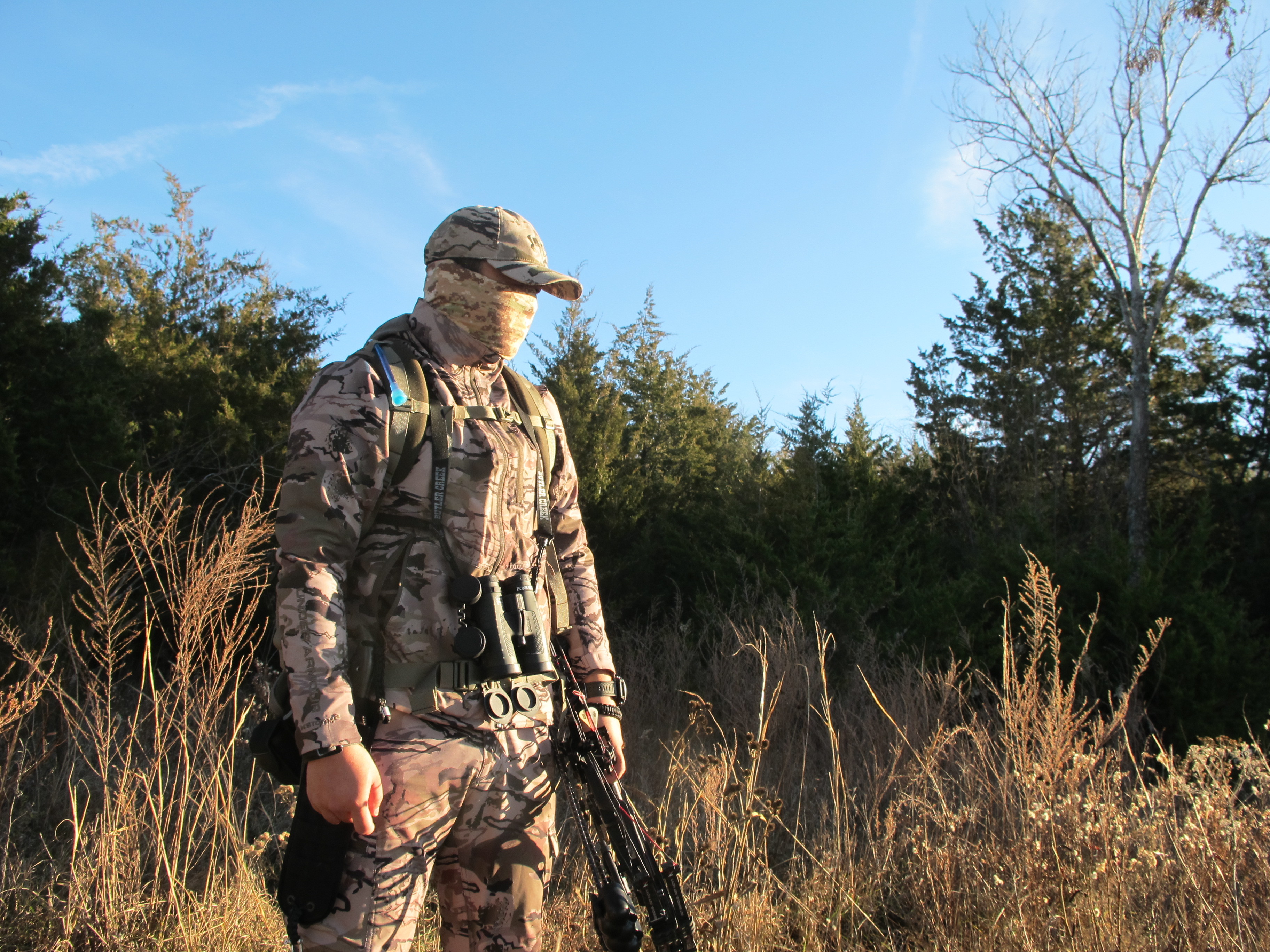
4. Inspections and Maintenance: Thermal imager monocular with laser indicators and illuminators are valuable tools for inspections and maintenance tasks. They assist in identifying anomalies, monitoring temperature variations, and assessing the condition of equipment or structures. The laser indicator aids in pinpointing specific areas or components of interest for further investigation, while the illuminator improves visibility in dark or poorly lit environments, facilitating more accurate assessments and troubleshooting.
5. Construction and Building Diagnostics: Thermal imagers with laser indicators and illuminators are beneficial in the construction industry and building diagnostics. They help detect thermal leaks, insulation gaps, or structural defects in buildings. The laser indicator assists in precisely identifying problem areas or conducting thermal surveys, while the illuminator enhances visibility in dimly lit or inaccessible spaces, enabling thorough inspections and accurate assessments.
It's important to note that the use of thermal imagers with laser indicators and illuminators should comply with local regulations and guidelines. Additionally, the specific features and capabilities of the thermal imager should align with the intended application and the user's requirements.
Conclusion
Thermal imagers with laser indicators and illuminators have become indispensable tools in industries such as search and rescue, law enforcement, wildlife observation, and inspections. The laser indicators enable precise target designation and communication, while the illuminators extend visibility and enhance image quality. By harnessing the power of these features, professionals in various fields can enhance situational awareness, improve safety and security, and optimize their operations. Whether it's locating missing individuals, detecting potential threats, monitoring wildlife, or conducting inspections, these advanced thermal imagers provide invaluable capabilities for enhanced performance and success.
If you need the best thermal imaging monocular, then learn about guideir's thermal monocular!


